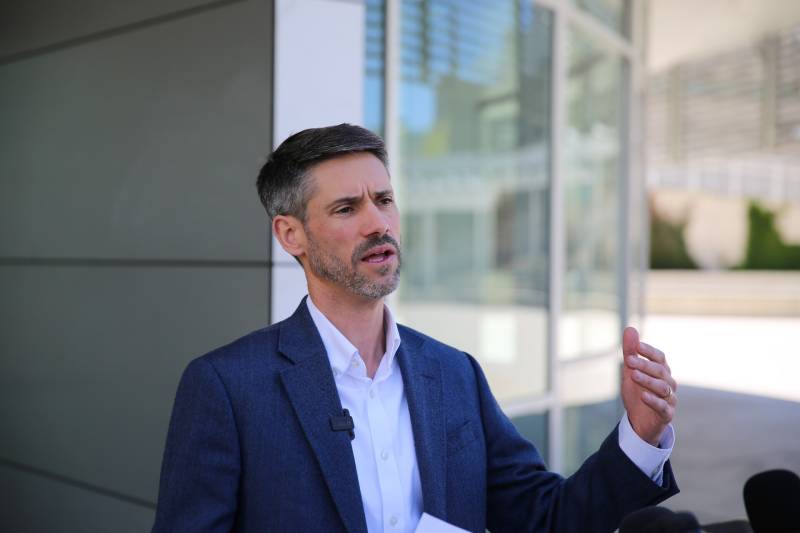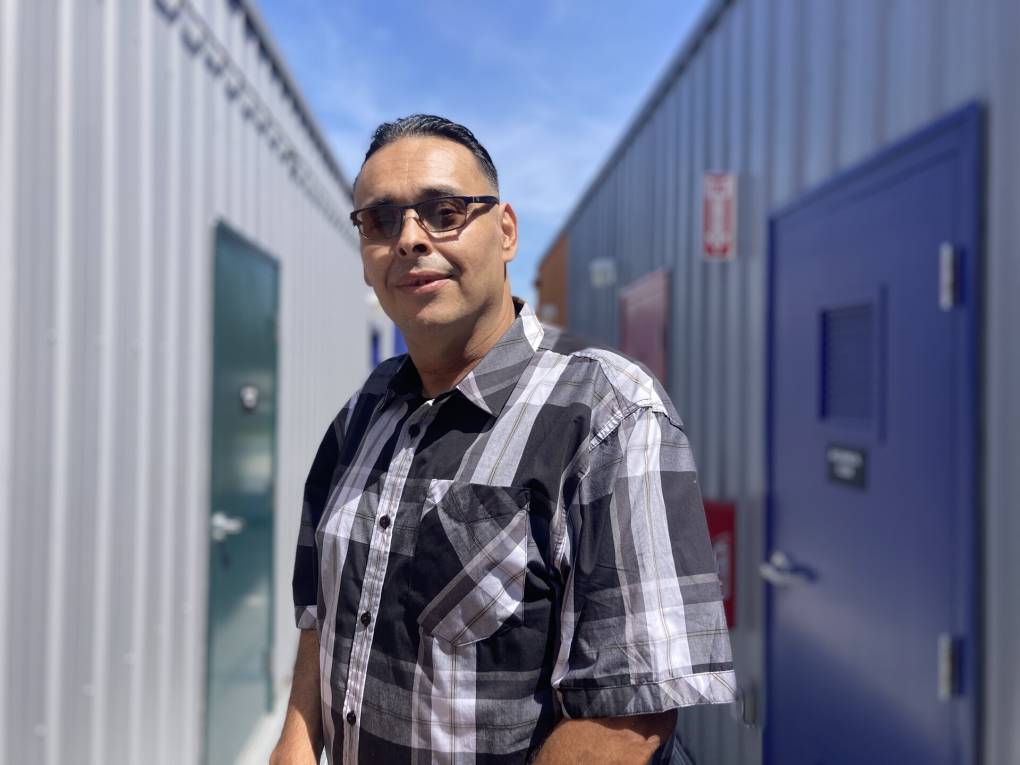A new water permit was only recently accepted “when we laid out very clearly through the budget process what we were going to do to get people out of unmanaged encampments near our waterways,” Mahan said Tuesday. “They wanted to see that plan.”
The city manager estimated that compliance with the permit would cost nearly $27 million in the fiscal year beginning July 1: to abate existing encampments, establish managed encampments (known as safe sleeping sites) and maintain police patrols along the Coyote Creek and Guadalupe River trails.
“It was a surprise that we had to deal with immediately because it’s critical we obtain a stormwater permit and then we avoid any future penalties,” Councilmember Pam Foley said. “The pressure on us was really from the stormwater permit, and that was an unexpected expense.”
Further supporting Mahan’s case was the council’s commitment to fund the operation of its temporary housing units, known as emergency interim housing, through the general fund. As the program expands, so too does the cost to the city, which could reach $70 million by 2029.
Across the entire budget, the shortfall facing the council was a manageable $4.5 million. However, the council needed to solve for a $50 million shortfall when taking into account the needed stormwater investments and several programs with funding set to expire.
Although a recent uptick in local sales tax revenue led city analysts to brighten their projections and increase funding for affordable housing, critics of the plan said cuts still fell disproportionately on those programs. Funding for the construction of rental housing will be $23.6 million less than under the previous Measure E spending formula. Advocates argue the funding loss will leave approved projects stuck in limbo.
“This was the mayor’s campaign promise, he’s been able to change Measure E,” Loving said. “It’s not rooted in policy or research or data that this is an effective strategy in the absence of affordable housing.”
Councilmember Peter Ortiz offered the sharpest critiques, saying the stormwater issue “twisted our arms and forced us to cough up funding to implement this plan.”
“The current strategy of prioritizing EIHs [emergency interim housing] over affordable housing isn’t ending the crisis of homelessness, it’s hiding it,” Ortiz said. “Let’s call it what it is, it is a bridge to nowhere.”
Ortiz co-authored an amendment to reinstate Measure E’s previous emphasis on affordable housing when the council enters next year’s budget planning.


